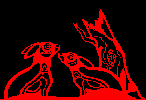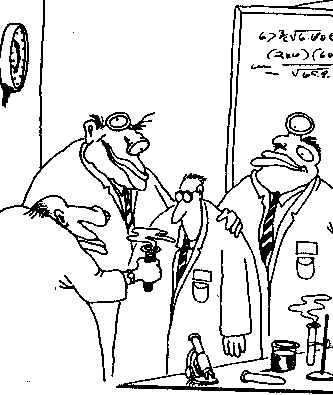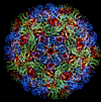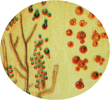
| Fungi Algae,Protozoa & Parasites |  |
![]()
| Readings | Lecture Materials | Key Terms | Questions | Multiple Choice Quizzes | Updated 13/02/01 |
 |
A liberal arts
education is supposed to provide you with a value system, a standard, a set of ideas, not a job Caroline Bird |
| Laboratory Peer Pressure |
Who am I? I established for the first time the role of the thymus and laid the foundations of modern cellular immunology
| Readings: Fungi, Algae, Protozoa and Parasites | |||
 |
Baron
Medical Microbiology Intorduction to Mycology |
 |
Brock
9th Ed Biology of Microorganisms Chap 17 Eukaryotic Microorganism |
| Tortora:
Microbiology An Introduction Chapter 12 Fungi, Algae, Protozoa and Parasites |
 |
Jacquelyn
Black 4th Ed Microbiology: Principles & Explorations Chapter 11 Eukaryotic Microorganisms and Parasites |
|
| Presentations | Slides | Web Animation | Download |
| Parasites | |||
| Fungi | |||
![]()
Microbial Toxins - Department of Microbiology, University of Newcastle-upon-Tyne, UK
URL --> http://monera.ncl.ac.uk/path/toxins.html
![]()
| DEFINE THE FOLLOWING KEY TERMS: | |||
| Fungi | Mycology | Thallus | Septa |
| Septum | Septate Hyphae | Coencytic hyphae | hyphae |
| Mycelium | Yeasts | Fission Yeast | Budding Yeast |
| Pseudohypha | spores | Asexual spore | Sexual spores |
| condiospore | condiopore | Arthrospore | blastospore |
| chlamydospore | sporangiospore | sporangium | Sporangiophore |
| Deuteromycota | Basidiomycota | Acsomycota | Zygomycota |
| Mycosis | Mytoxicosis | Systemic mycoses | Subcutaneous mycoses |
| Superficial mycoses | Opprotunistic mycoses | dermatophytes | Trophozoite |
| Schizogeny | cyst | encystment | cytosome |
| protozoan conjugation | Amoeba | Amoebae | pseudopods |
| flagellate | hemoflagellates | ciliates | Microsporans |
| Helminths | Trematodes | Cestodes | Tapeworms |
| Playthelminths | Nematodes | roundworms | |
Complete the following tables
| Comparison of selected feature of Fungi and Eubacteria | ||
| Fungi | Eubacteria | |
| Cell type | ||
| Cell membrane | ||
| Cell Wall | ||
| Spores | ||
| Metabolism | ||
| Antibiotic sensitivity | ||
| Characteristics of some pathogenic fungi | ||||
| Asexual type of spores | Human Pathogens | Habitat | Type of Mycosis | |
| Zygomycota | ||||
| Ascomycota | ||||
| Basidomycota | ||||
| Deuteromycota | ||||